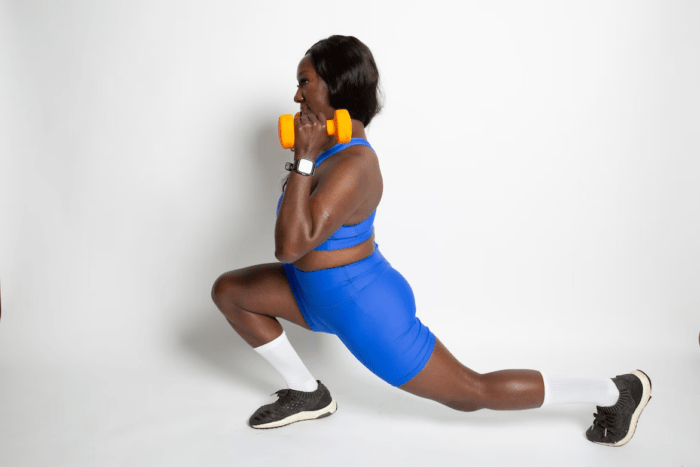
If you’re living with diabetes, your daily life might entail a few extra precautions, one of which is taking measures to protect your feet from swelling or discomfort. Compression socks are an increasingly popular option for reducing sensations in the foot and ankle, making them excellent choices for those dealing with diabetes-related issues.
But how do you choose the right compression sock?
This article will outline some tips to discover what kind of compression fit will work best if you’re living with diabetes so that you can take healthy strides forward – literally!
Introducing Compression Socks
Compression socks are a unique item of clothing worn to improve circulation and reduce swelling. They can often be a beneficial tool for those living with diabetes, as stable blood sugar levels can help the body heal and provide other health benefits. Before selecting compression socks, it’s important to understand their purpose and basic specifications to gain maximum benefits from them.
For instance, compression socks come in a variety of levels, from light to extra firm. Light compression socks are typically used for everyday wear or for those who are just starting with compression therapy. Medium or firm compression socks provide more support and pressure, making them best-suited for those dealing with chronic conditions such as diabetes.
Different types of compression socks are designed for various activities, so finding the right one that meets your needs is key to helping you manage your diabetes. Taking into account fit, material, and effectiveness when selecting the right compression sock can help ensure you reap the most advantages possible.
Understanding the Different Types of Compression Socks Available
Firstly, there are closed-toe compression socks made of either nylon or spandex; these are usually the ones provided by doctors for medical purposes. For daily wear and overall comfort, however, you might want to look into cotton socks for diabetics that have fewer seams – although these may not have the same level of full-leg coverage as other fabrication materials. Soft fabric blends such as microfiber can also provide condition-specific relief—softer around the ankle region, firmer just above the knee—while ensuring breathability and durability.
On the other hand, there are also open-toe compression socks that allow for ventilation and provide a more natural motion around the toes. For those with neuropathy, these can help prevent chafing and protect the skin from developing sores.
Ultimately, your individual needs may vary, so be sure to consult a doctor about selecting ringspun cotton socks for maximum results. They should also be able to guide the kind of compression fit that may work best for your condition.
When Shopping for Compression Socks
Here, it’s essential to determine your ideal level of pressure—too much pressure can be uncomfortable, whereas not enough will provide no relief. It helps to remember that these socks are designed to hug the shape of your legs tightly, so measure your calves carefully for an accurate fit.
Additional tips for shoppers include examining the material; synthetics such as nylon tend to be more durable and breathable than natural fabrics such as wool or cotton.
Lastly, aim for a pair that has various lengths available – knee-high styles can be used for daily activities, while over-the-knee styles may be necessary for nighttime wear or during prolonged standing or sitting.
Tips on How to Wear and Care For Your Compression Socks
It’s best to put the sock on when your legs are elevated—for example, when you’re lying down—as it helps ensure a comfortable fit. You can also wear them while exercising, although you should remove them if they start to feel uncomfortable.
Additionally, you should avoid tight shoes and clothes that put extra pressure on your legs. And, of course, be sure to take them off before bed as they can interfere with circulation if worn for extended periods.
When it comes to washing your compression socks, make sure to turn them inside-out and use a gentle machine cycle with cold water; hot water can cause the elasticity of the fabric to deteriorate over time. Always remember that dryers are not recommended for use with compression garments, as this will cause them to shrink and lose their effectiveness.
Where to Find Different Compression Socks
If you’re looking for the best possible compression socks to help you manage diabetes, there are plenty of places to start.
Shopping online has become increasingly popular for anyone looking for a good selection. You can also find them in many medical supply stores, and there are even some retailers who specialize in selling compression socks specifically tailored to those with diabetes.
Different healthcare providers may also be able to make suitable compression sock recommendations, so don’t forget to ask your physician or another healthcare provider during your next appointment.
Other good news is that there are websites that provide helpful guidance on sleeves, stockings, and other forms of perforated or full-length legwear. You’ll find information on sizing and cuts that are tailored to your needs, as well as videos and articles describing the benefits of different types of fabrics for sensitive feet.
With the right guidance in hand, you’ll find the perfect fit with ease – allowing you to get back to enjoying life without foot pain or fatigue.

Compression socks are a great option to support good circulation and reduce swelling for people with diabetes; however, finding the right fit isn’t always easy. Remember, compression socks come in different shapes, sizes, and styles—so it’s important to do your research before buying.
When shopping around, ask the salesperson questions about the level of compression, material, and how much pressure is exerted. Consider your specific needs and make sure the socks you choose will be comfortable wearing them throughout the day. Also, consider that lower-priced options may not have all of the features necessary for an optimal level of comfort or efficacy.
Utilizing these resources and tips can help you select the best pair of socks for your individual needs—allowing you to fully benefit from their positive effects and enjoy a higher quality of life with improved mobility.










